I shoot it mainly at 25yrds on indoor ranges and I will be looking to shoot the HARC leagues with it this winter. It is also good out to 200yrds and I have taken rabbits, hares and the odd fox with it over the years.
Here are a few quick snaps of my current .310 cadet that has been getting some hammer for the past seven years. Its a post confederation BSA in average overall condition but shoots to point of aim with good accuracy, so its been a keeper.
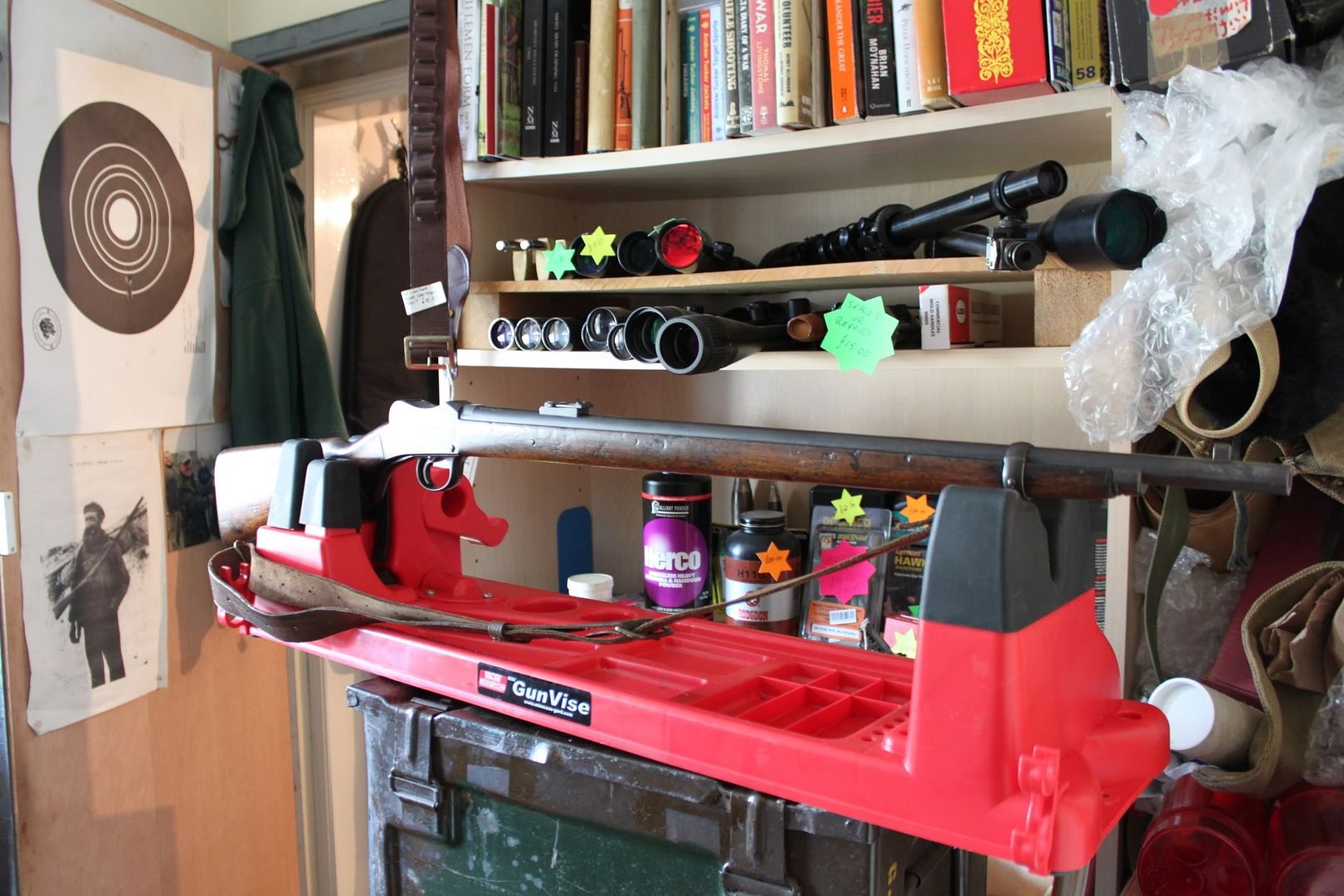

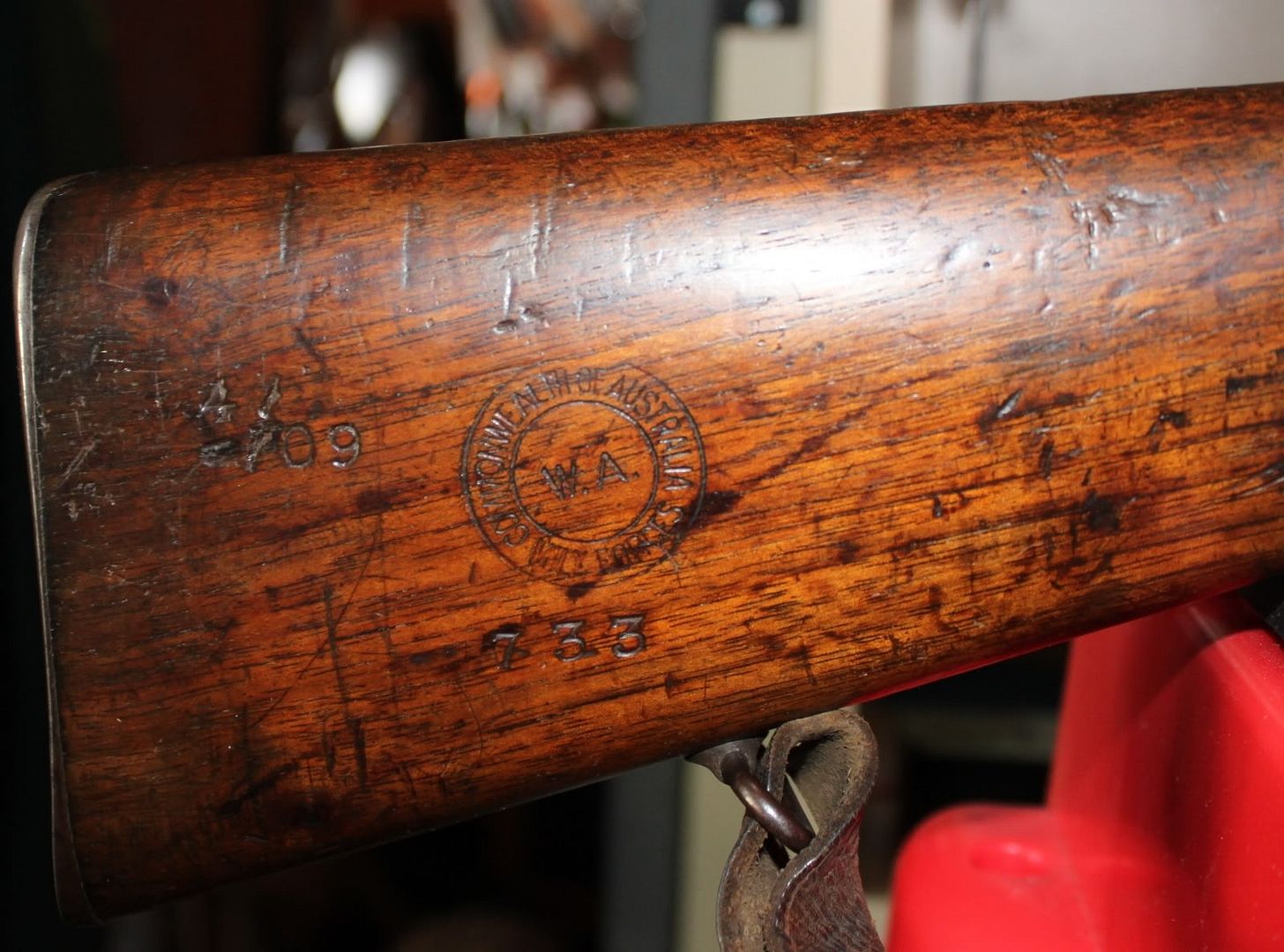
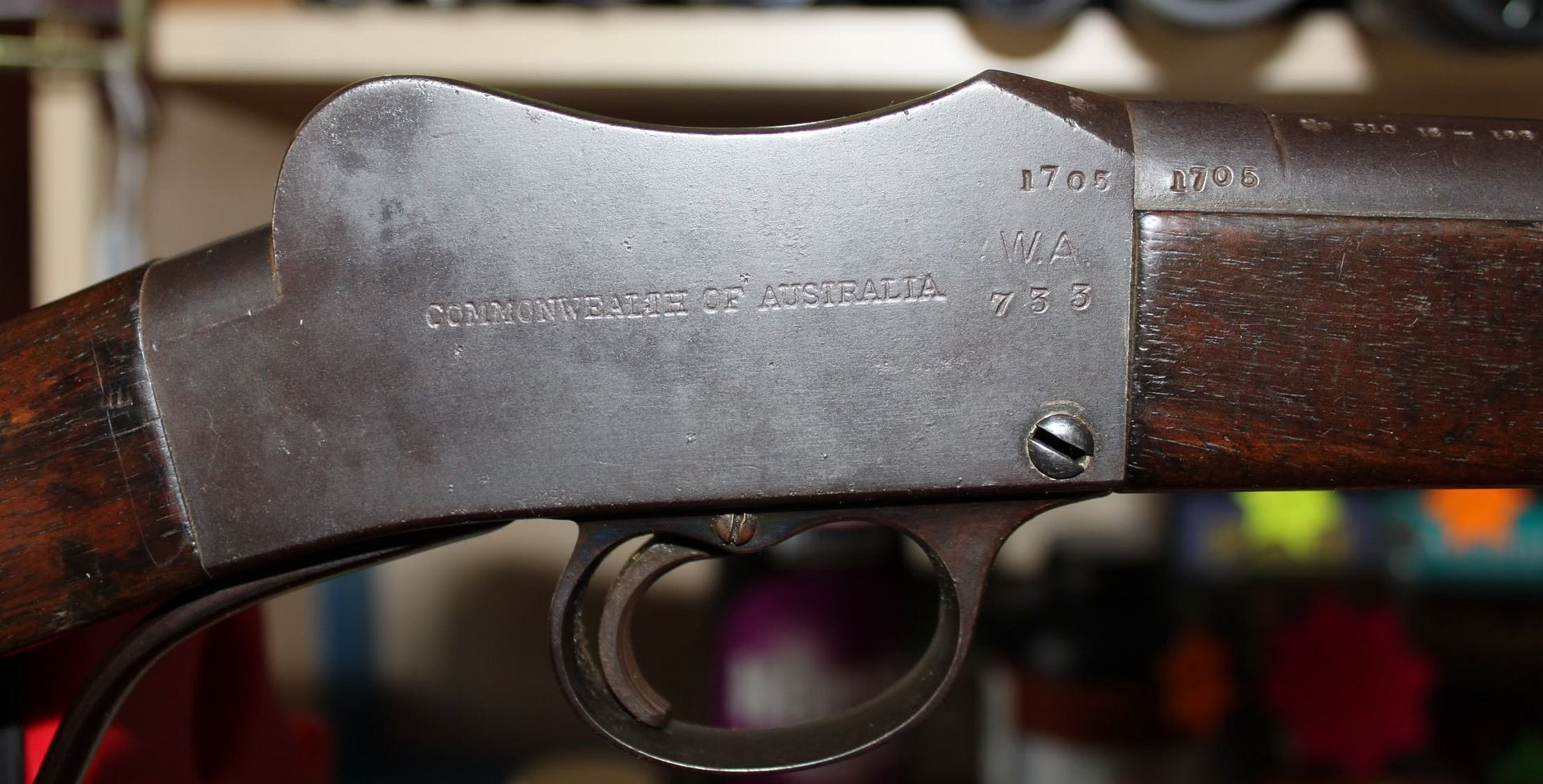
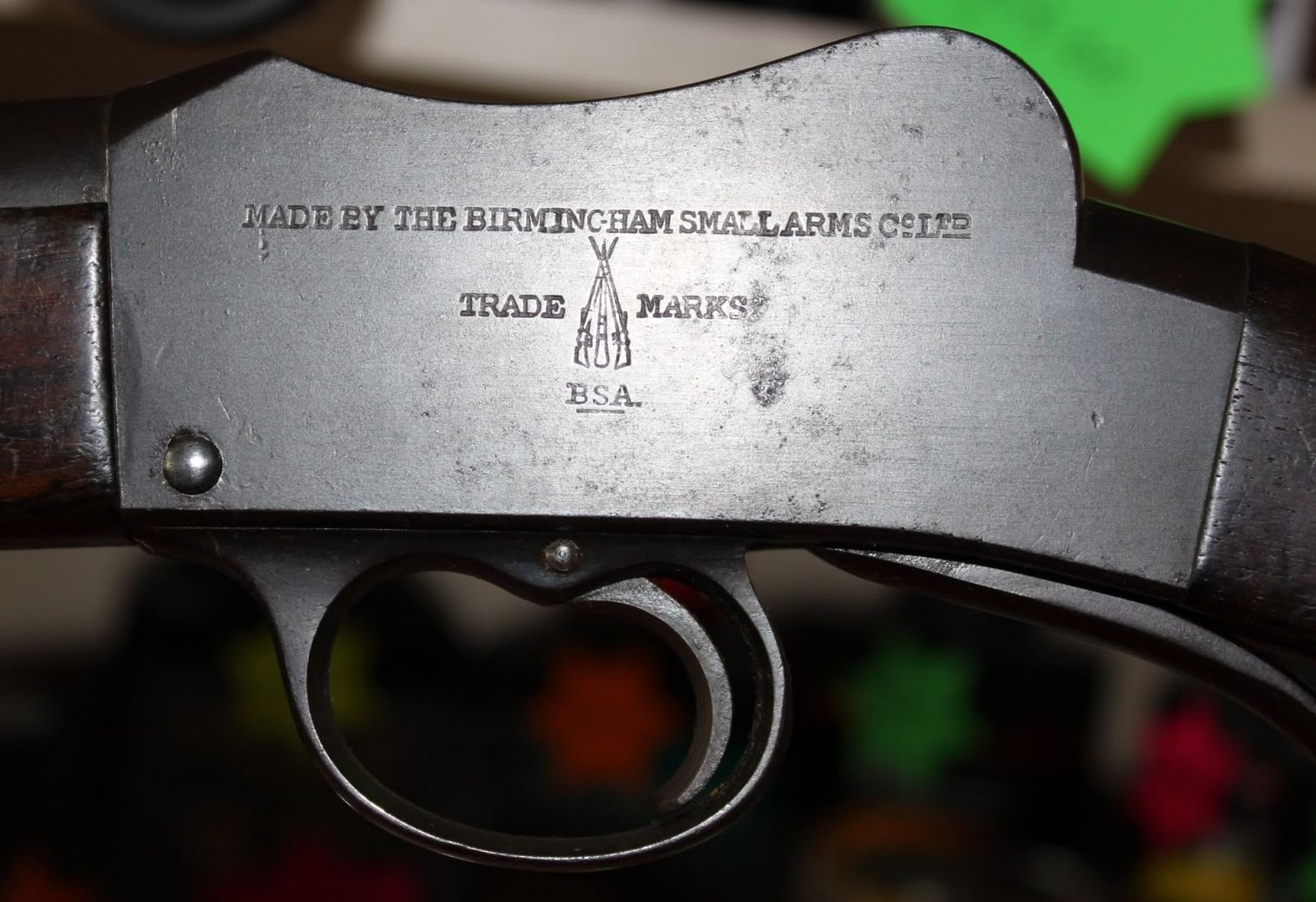
As I was getting low on 310 ammo it was time to handload a few batches up, this coincided with me having a powder clean out during which I was surprised at the amount and variety of old Nobel rifle and pistol powders I had on hand so I decided that I would work up loads for the Cadet and in due course other calibres to use up this old powder. Many of us will no doubt have fond memories of the Nobel powders harking back top the days when that was all you could get if you wanted to handload. My memories were of it being good powder but dirty, that worked best with the stiffer loads.
Here are some of the old Nobel powders I have.
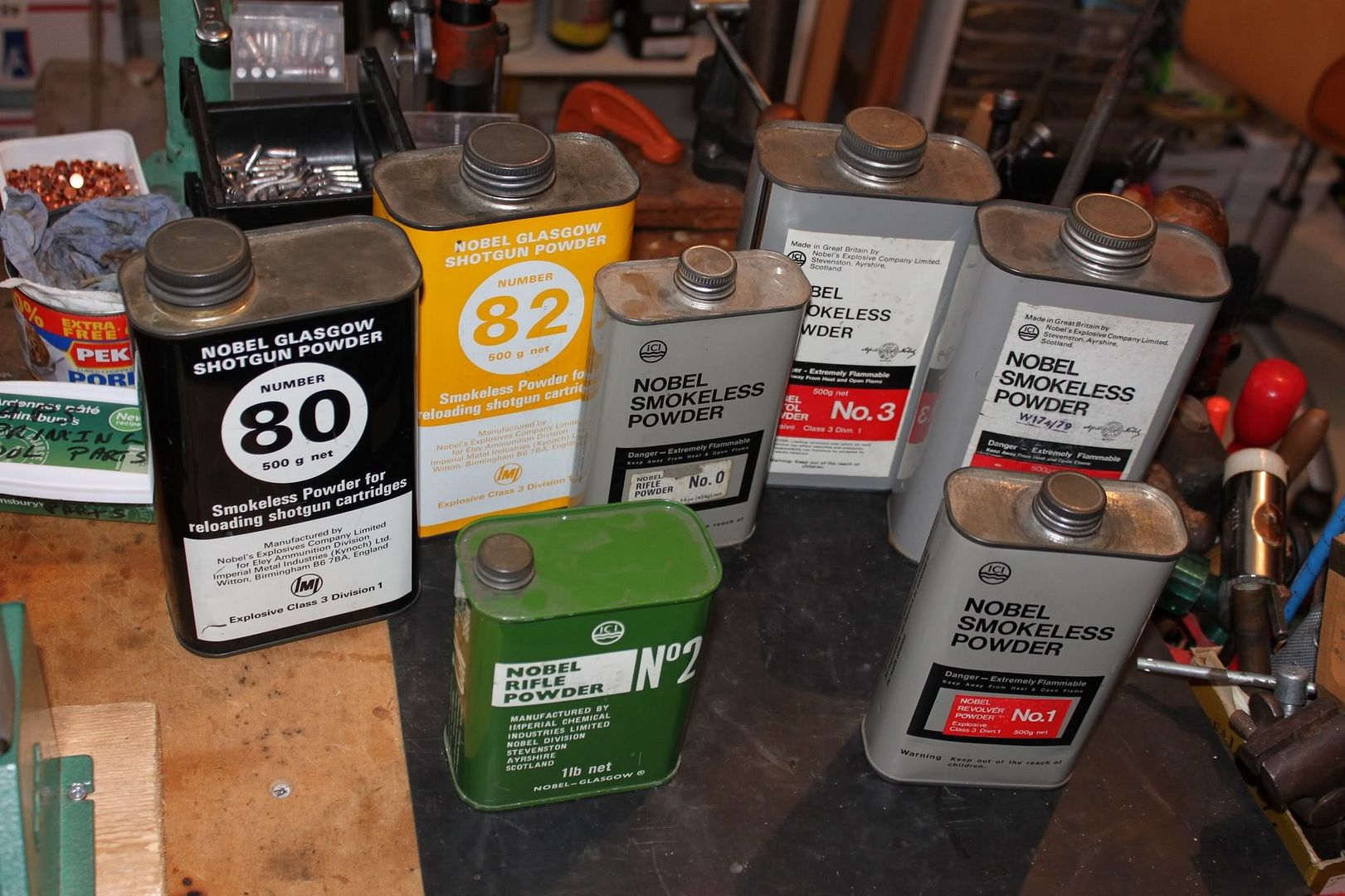
The job was to find some data so when I started looking through my boxes of notes in the loft I was pleased that one of the first things I came across was a Nobel handbook complete with .310 Cadet data. More than can be said for the references of today.

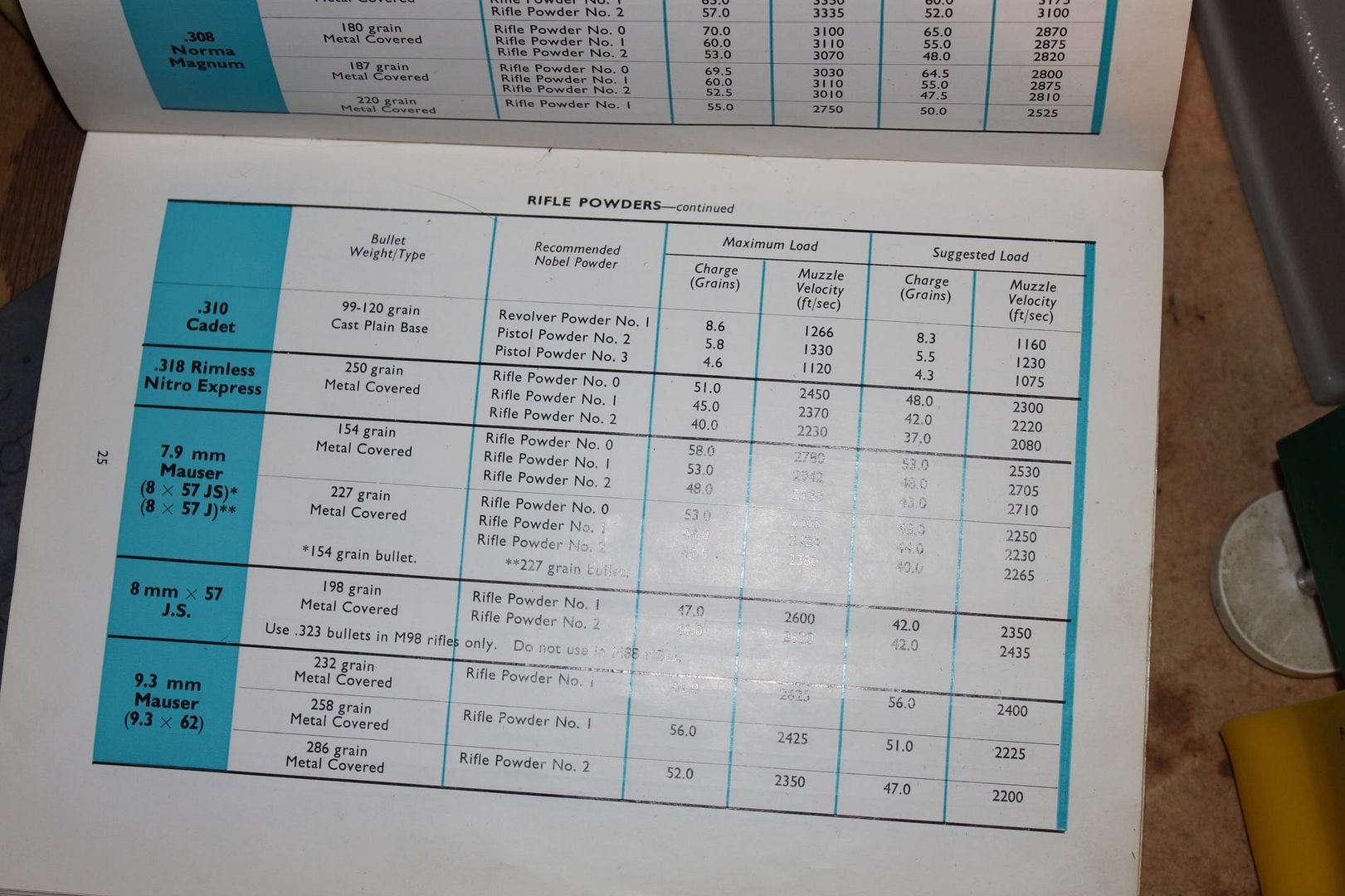
As I was looking a stiffish load for a 300 yrd shoot a week this coming Saturday I decided on Pistol No2 powder with a starting load of 5gns working up to 5.6gns in .2gn increments.
Cases were converted R-P 32-20 and the boolit was a heeled Cadet design from a Lee GB that I had Tom at Accurate Moulds cut me a mould to my own dimensions. he boolit was lube with a thin wash of 60/40 white spirit and Xlox.
The 310 Cadet has to be the easiest round to load for as all I do is clean the fired cases, deprime, reprime, add the powder charge and hand seat the bullet. The only die that is used is the depriming die. This is cases being deprimed on a Forster Co-Ax press with a Lyman universal decapping die.


To prime the cases I decided to us the RCBS bench mounted APS strip primer, this priming tool really comes into its own when I'm doing large 500+ plus batches of ammunition as the set up is a little time consuming loading the strips. However I enjoy using different tools and ringing the changes, to me handloading isn't a race, so today the APS got an airing.
This is the tool mounted and ready to load.
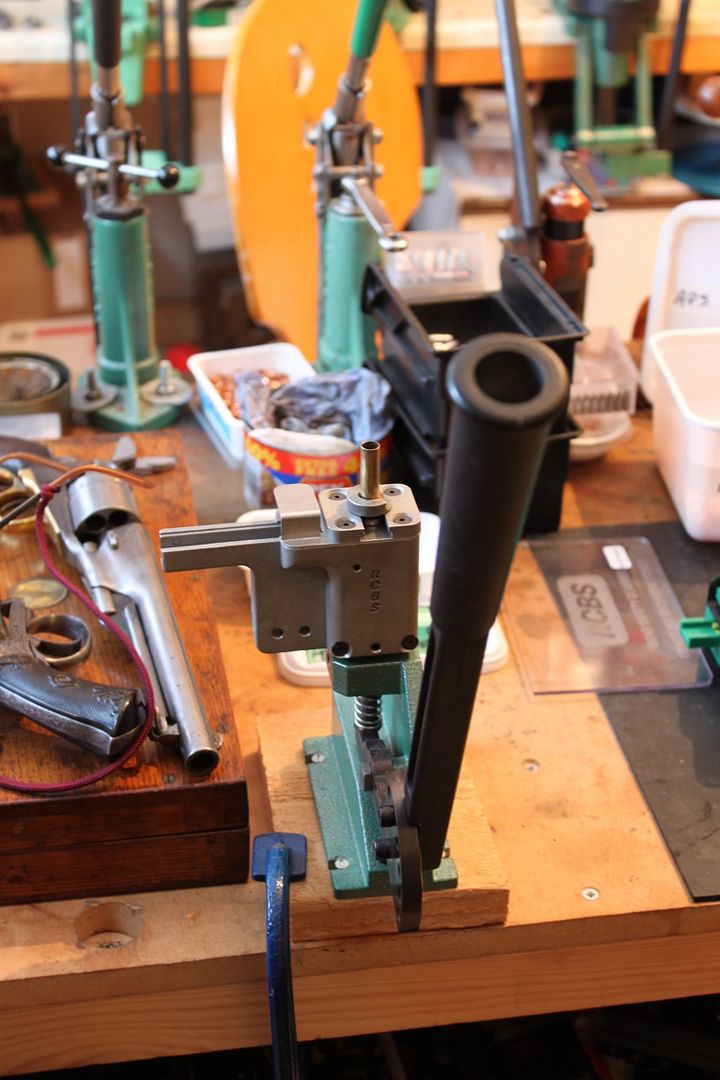
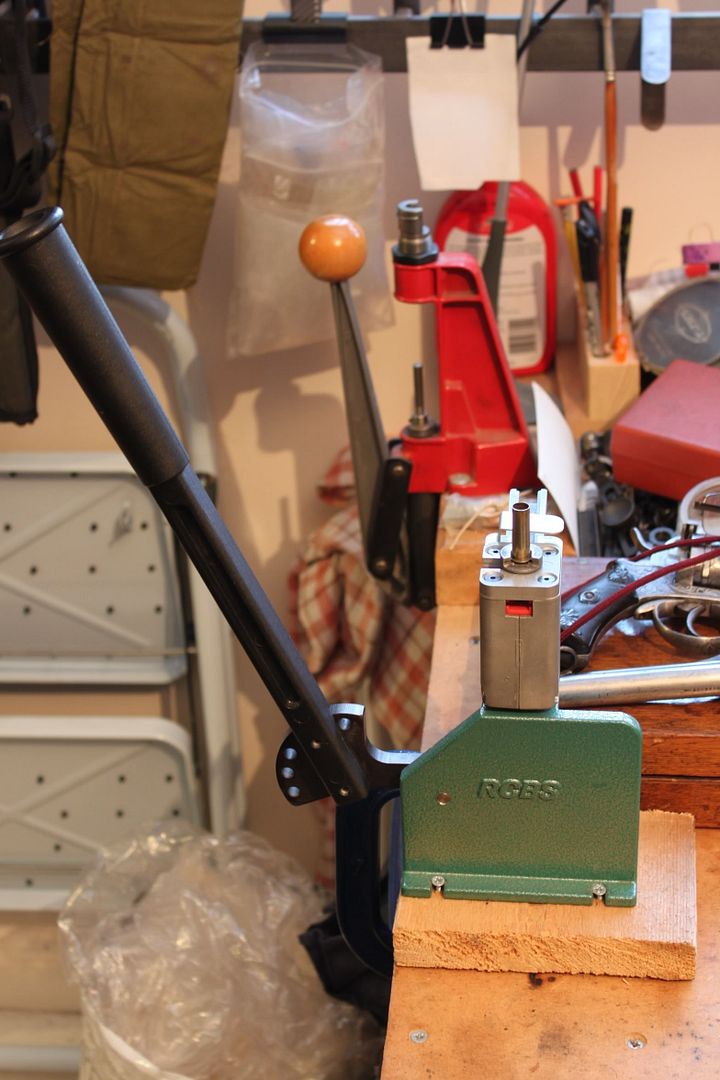
This is the strip loader, I'm using CCI small rifle primers for this load.
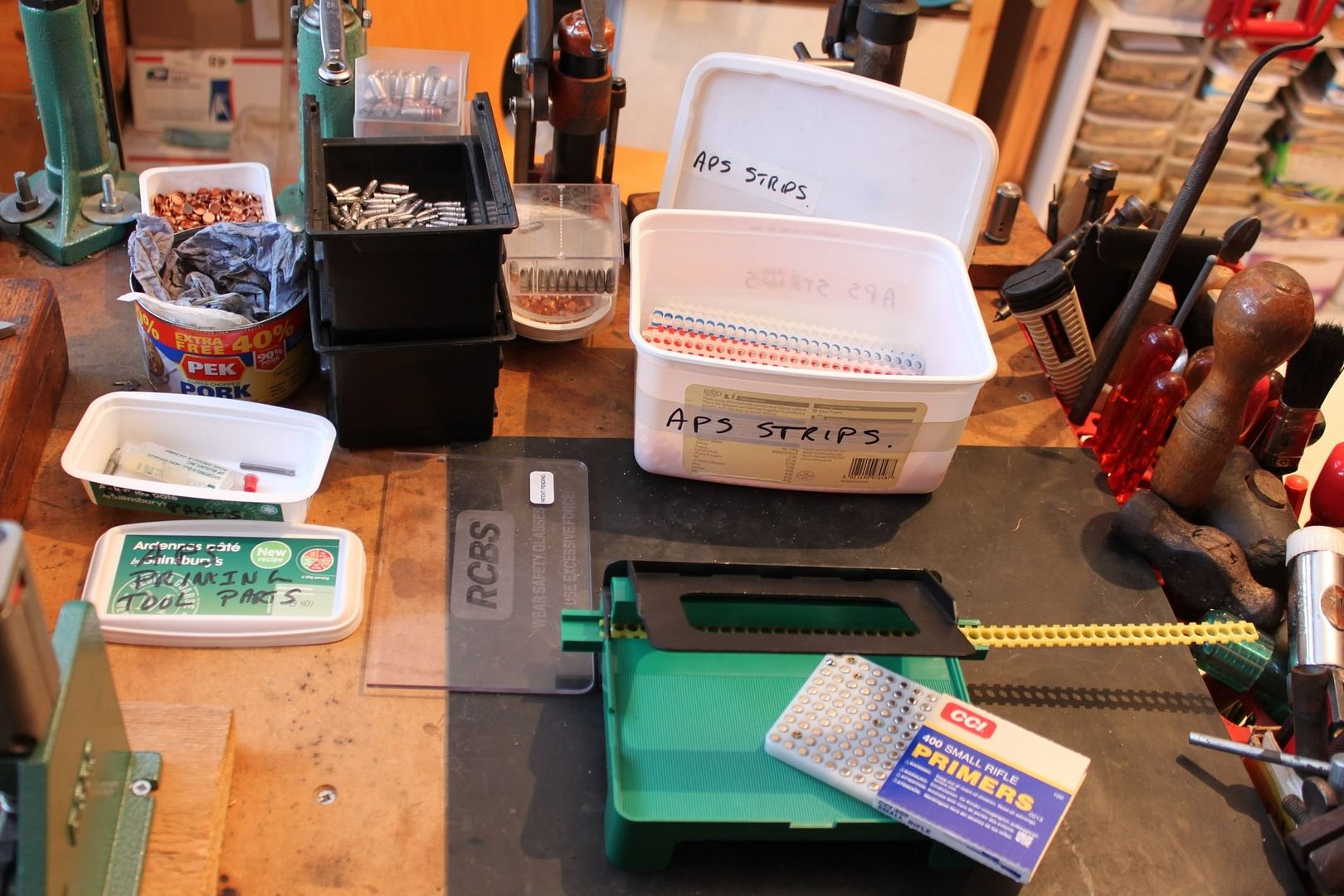
Strips being filled.
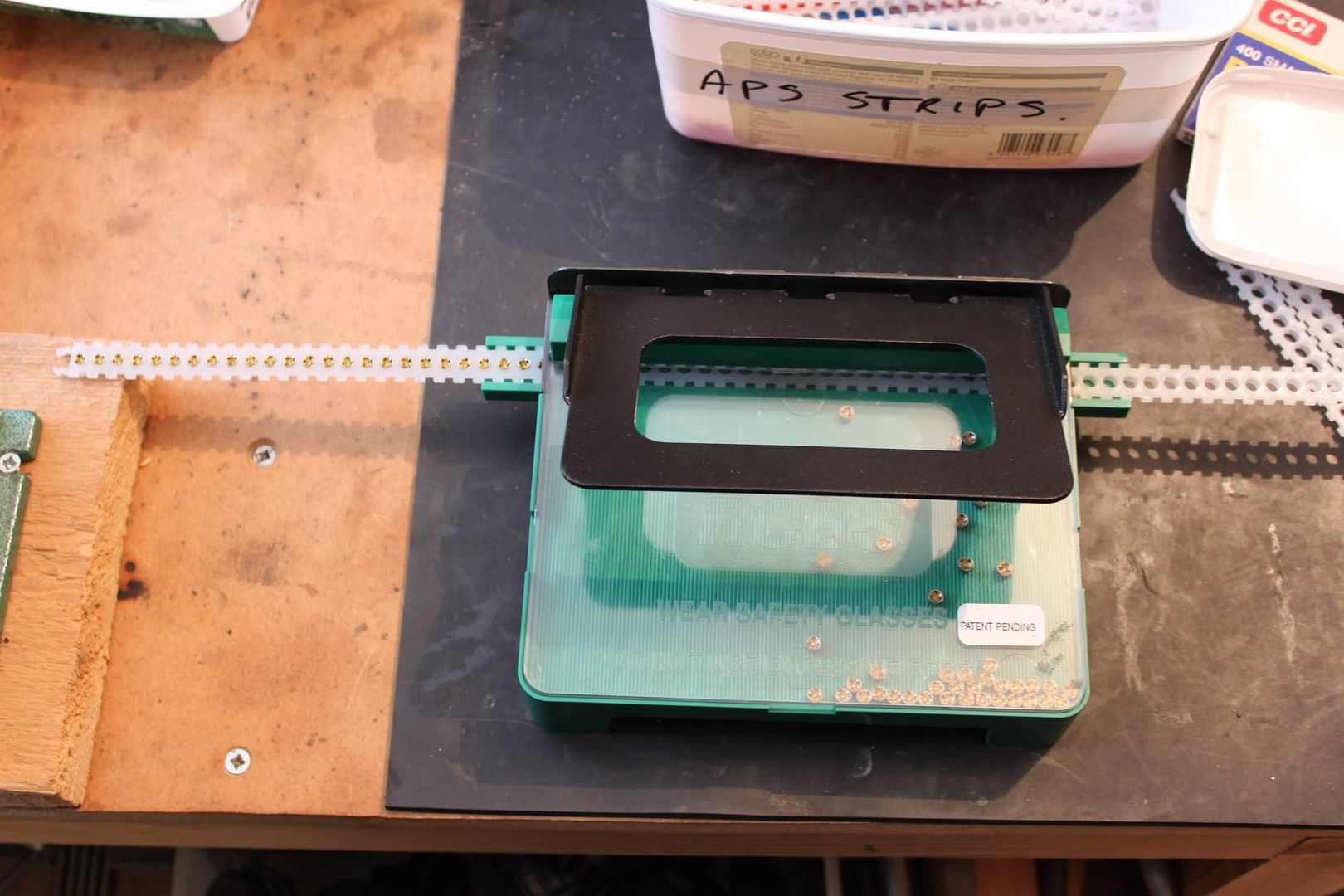
Filled strips for the number of cases being used.

Strips is fed into the primer and away we go.

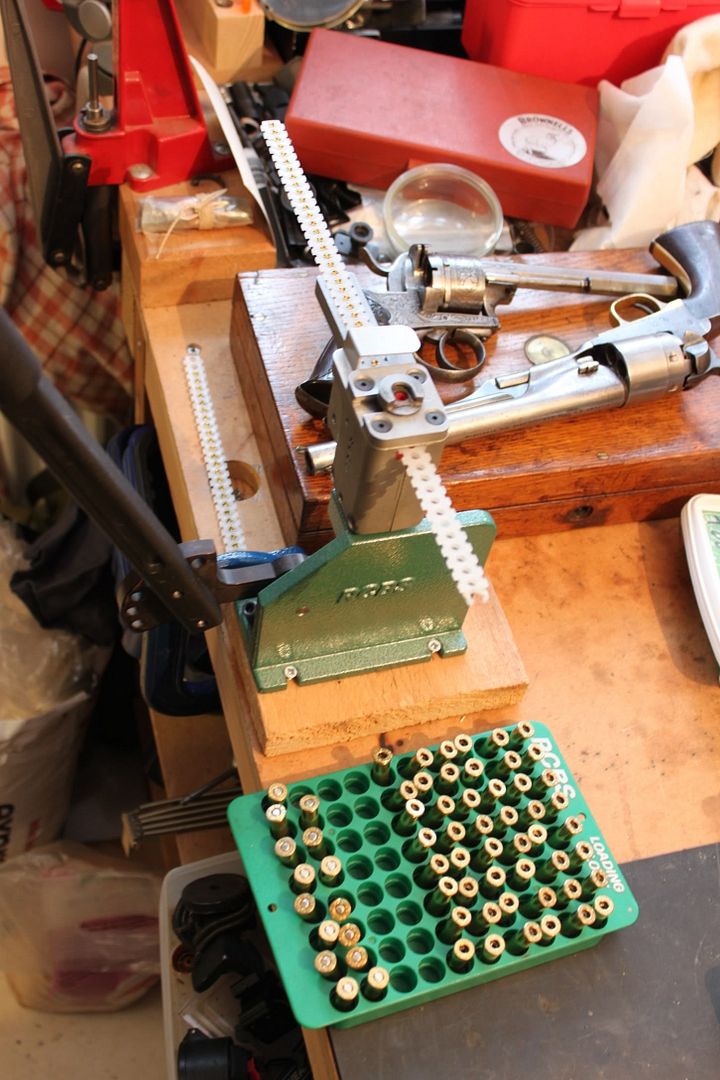
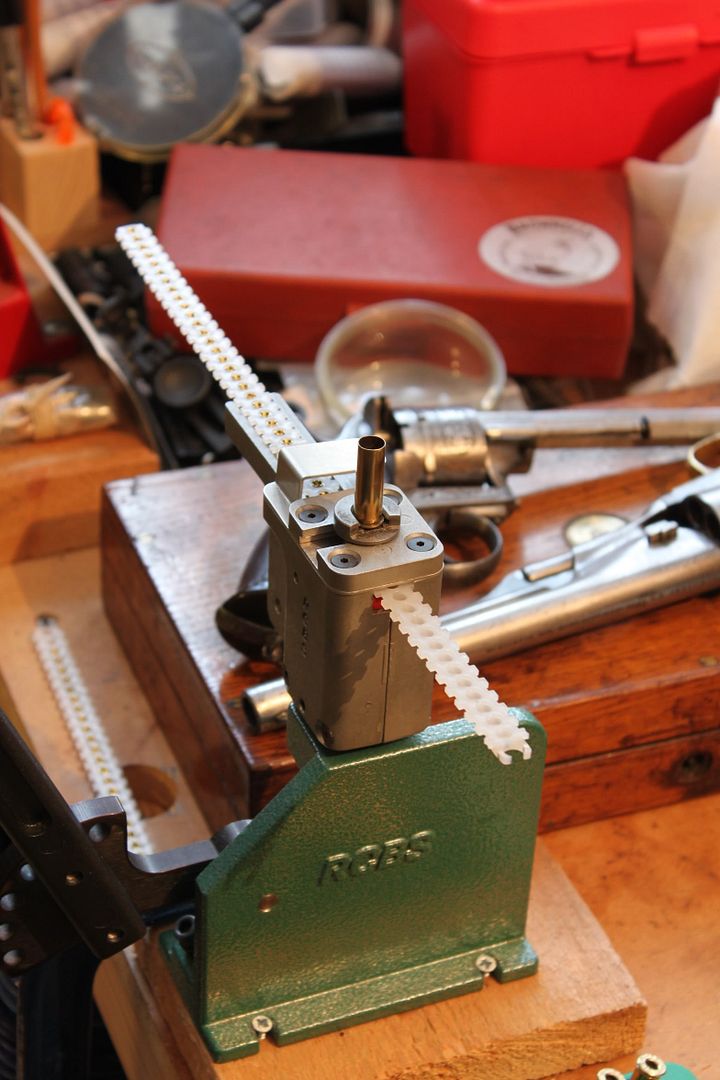
Next it was onto the powder throwing, the usual set up RCBS 5-0-5 scales, Lee powder measure and the Target Master Powder trickler for speed and accuracy. The powder measure is set to throw a couple of grains under and the Target Master trickles up to weight.
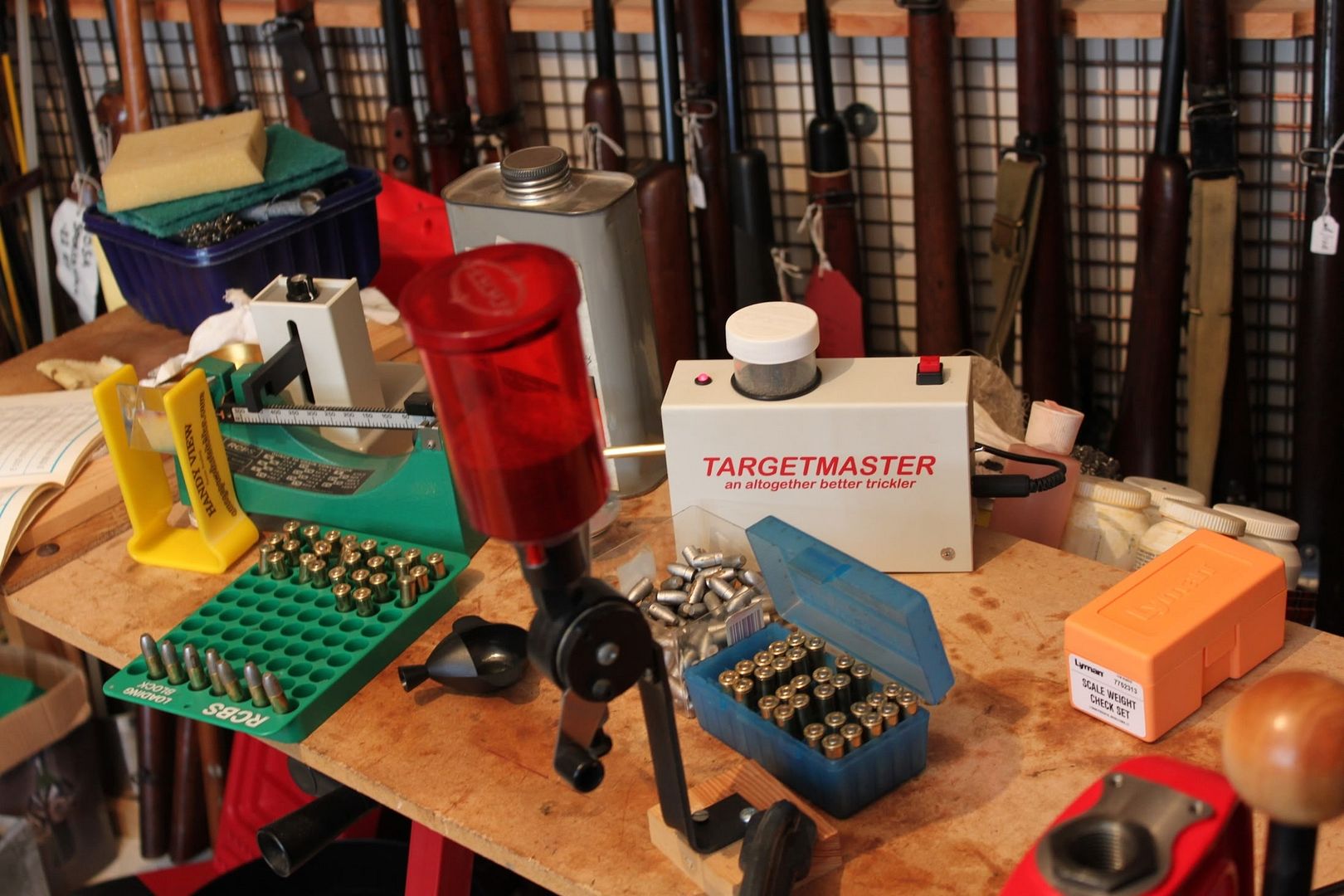
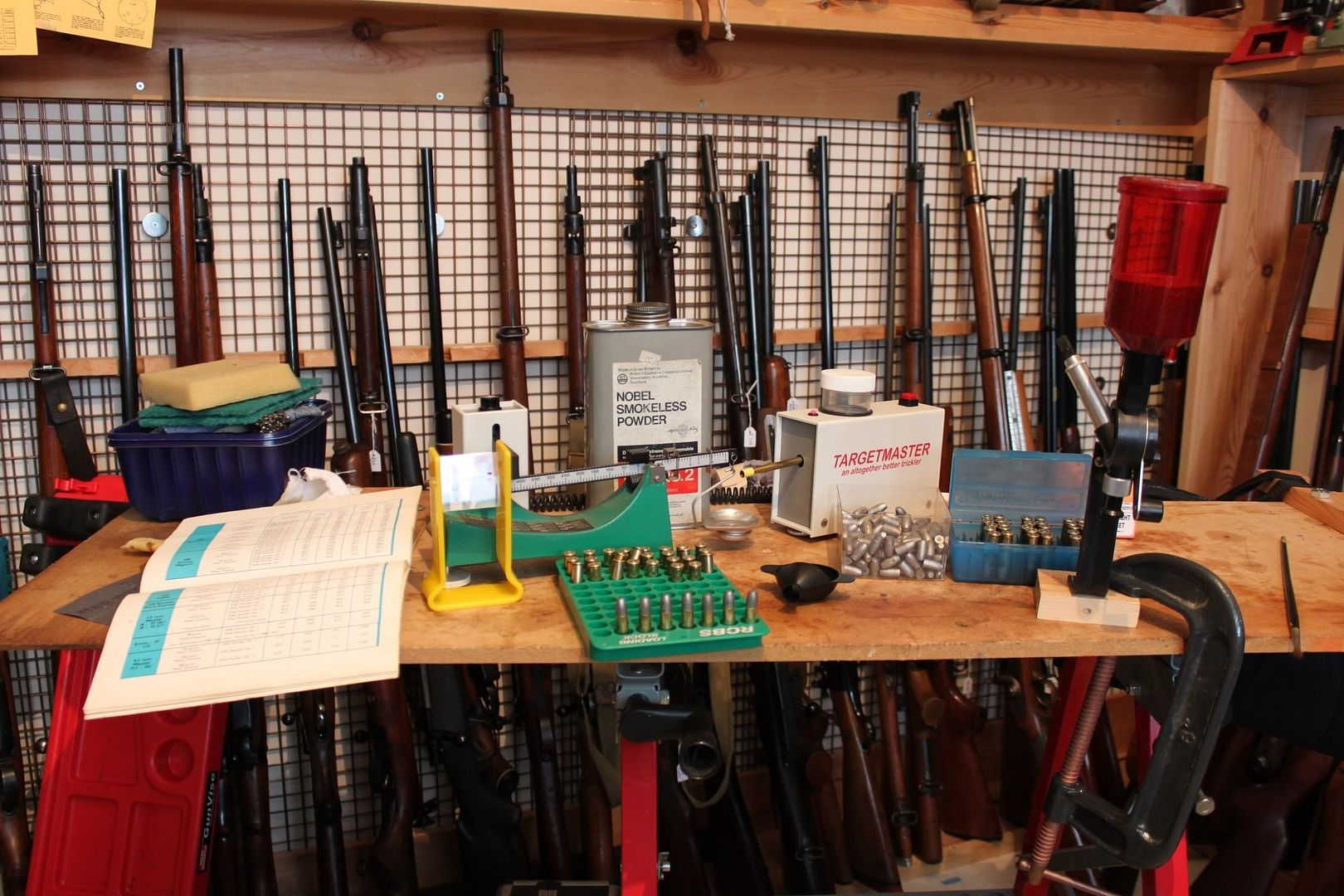
The boolits were then just hand seated in the case with a friction fit, the boolits won't fall out if the cases are turned upside down but they can be easily removed by hand. Here is a completed round and a boolit from Tom's fine mould, I cast these softish with a BHN of around 10-11.
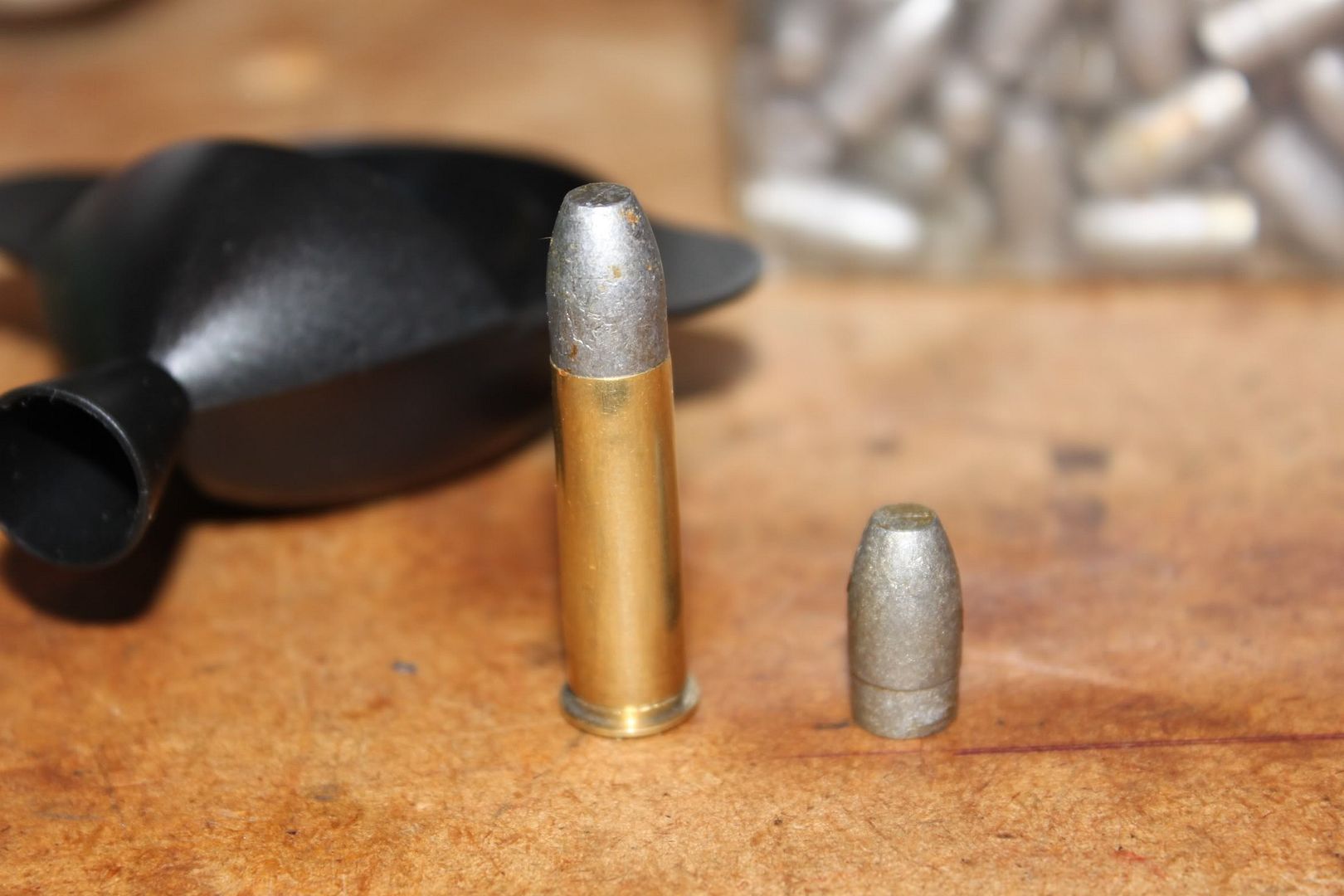 .
.I tried the loads out today and 5.2 and 5.4gns gave nice 5 shot one hole groups at 25 yrds, didn't manage to chronograph them but will do now that I have an accurate load.
So back to be bench this afternoon to rattle up some more rounds at 5.3gns for testing at longer distances and chrongraphing.
Scale set for 5.3gns.
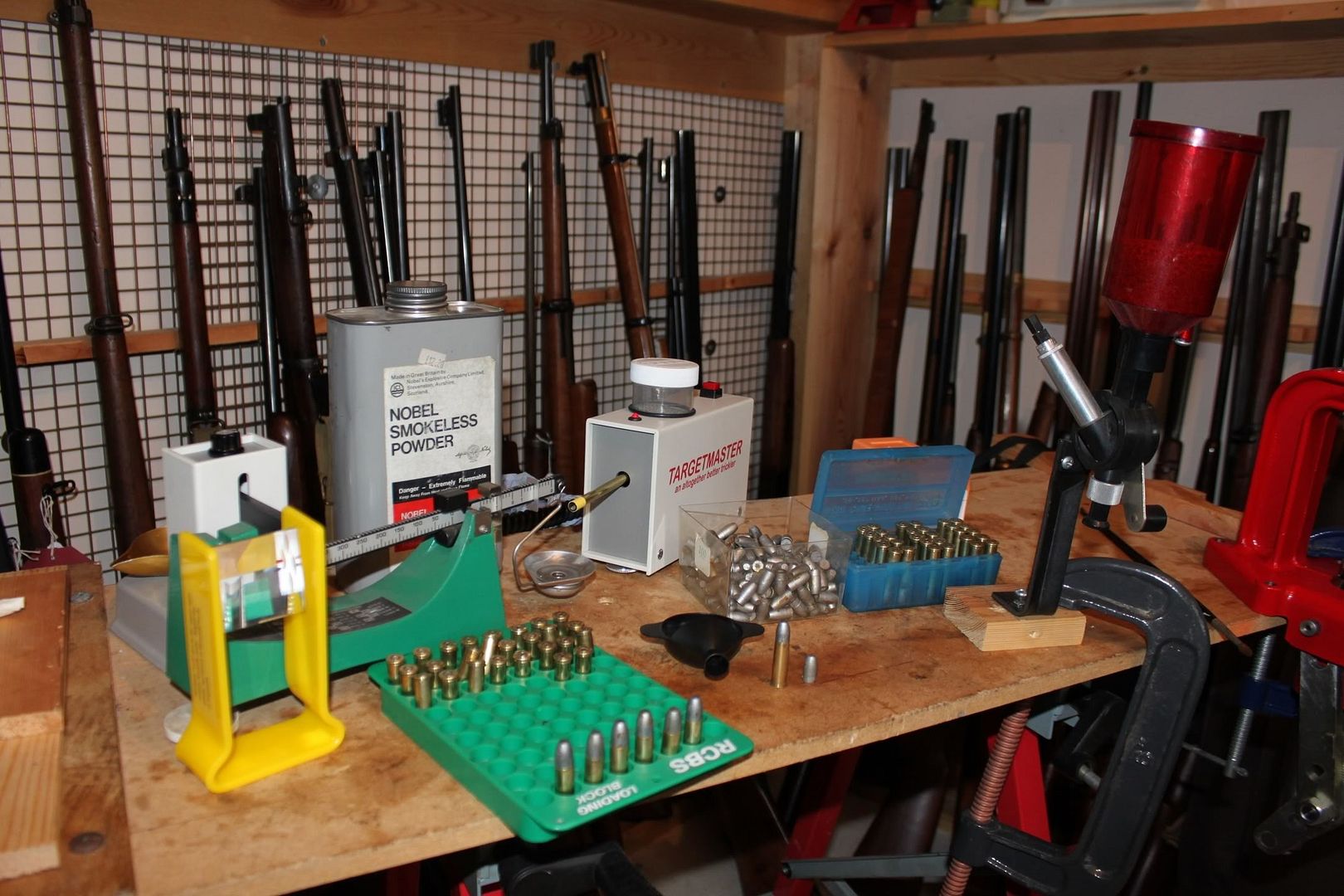
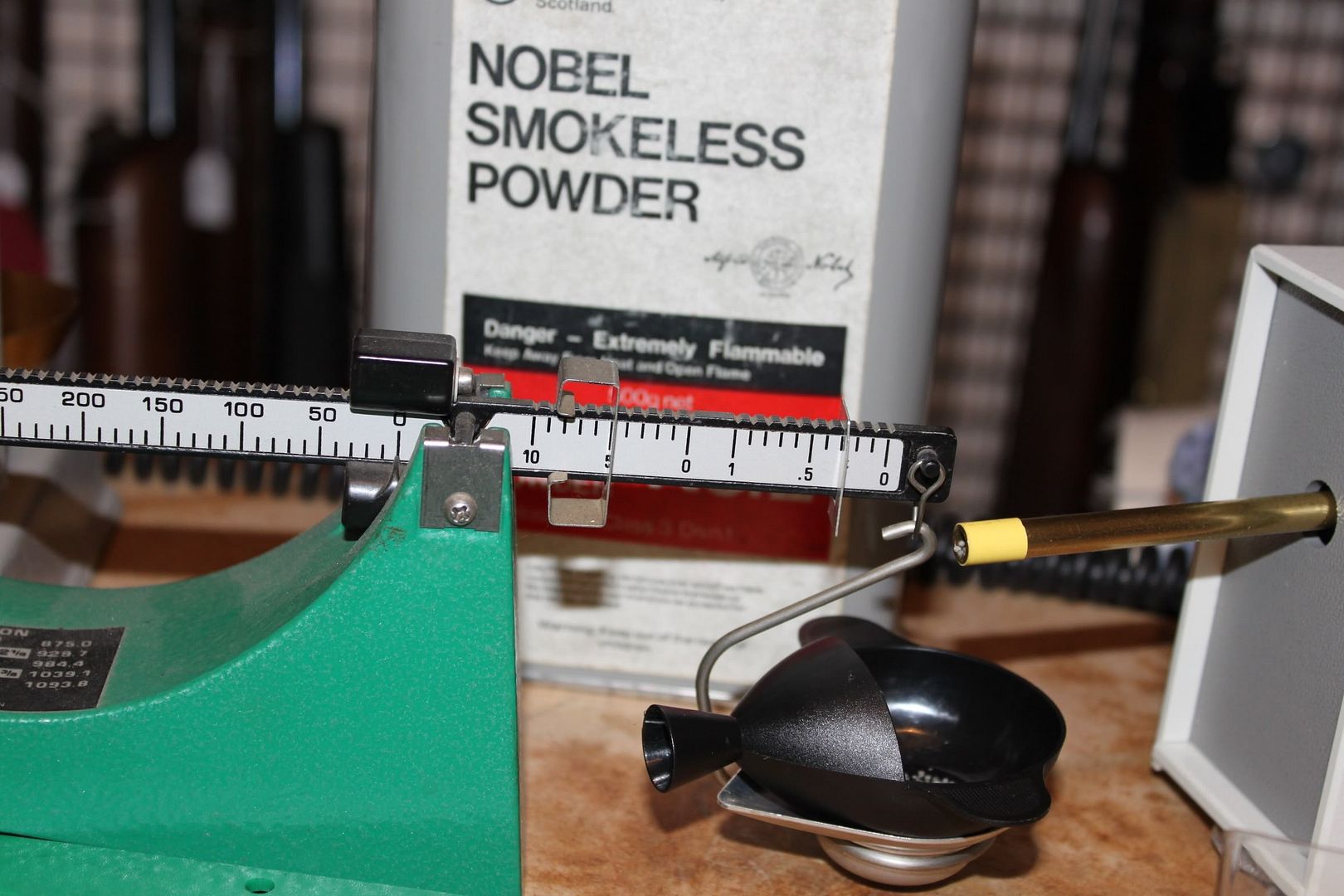
The Target Master delivering on the button.

Next batch of rounds ready for further testing.
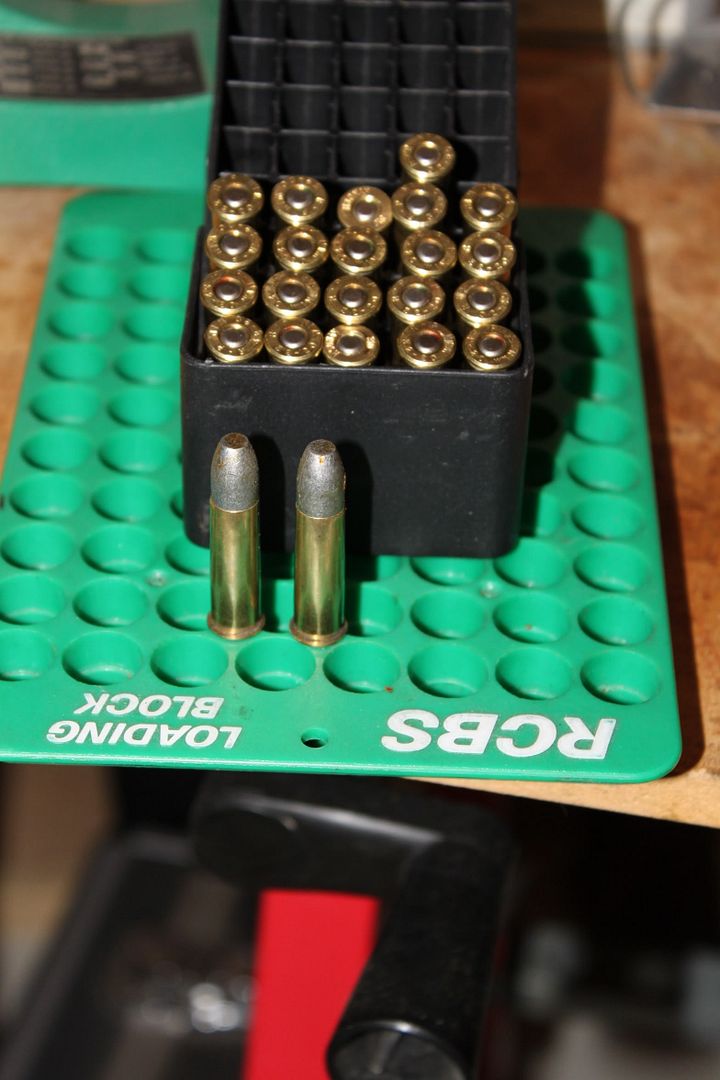
Is this game fun or what! :shakeshout: